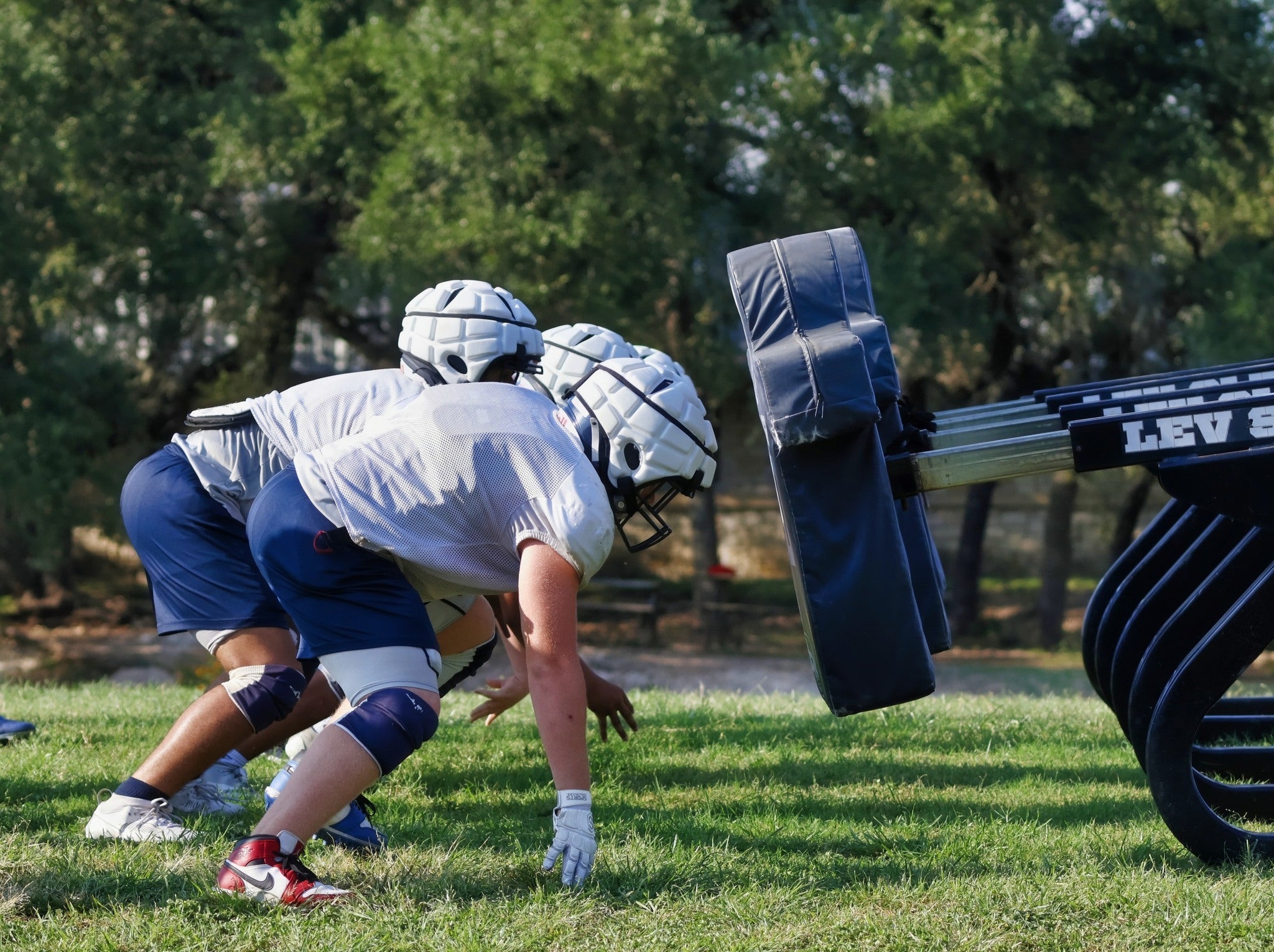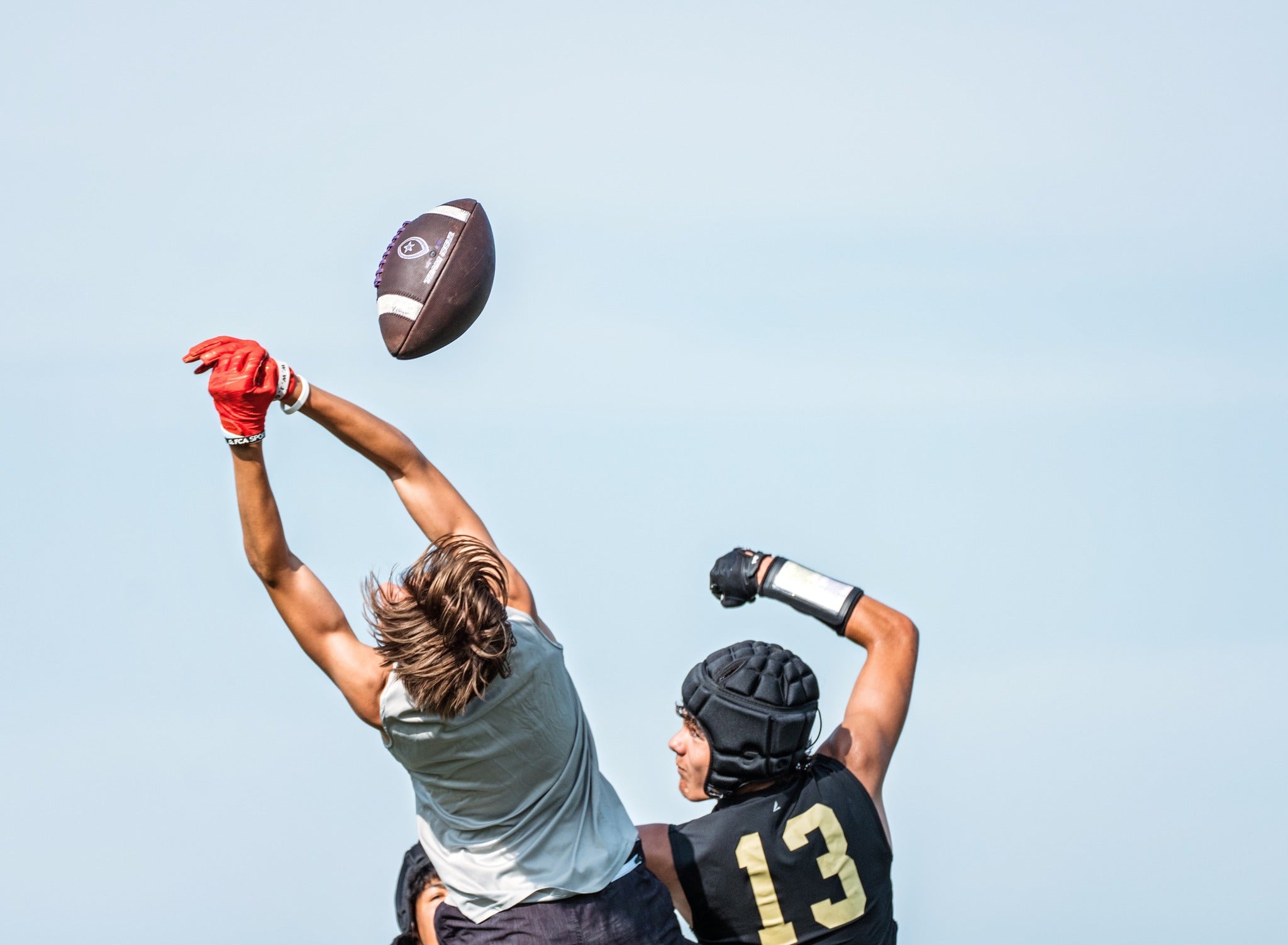
Why track heat response
Regulations focus on symptoms only after they become critical. Heat strain builds invisibly. By the time symptoms appear and can be reported, the window for prevention is at risk of passing.
Guidelines look at the weather and every body reacts differently. Guidelines continue to improve —but weather is just one measure, and it's applied to everyone the same. Hydration, acclimation, and fitness all vary—day to day, athlete to athlete. One-size-fits-all guidelines can't account for that.
Core body temperature is key. Core body temperature is the most important internal measure of heat strain—it is still measured in the pros with a rectal thermometer. There's been nearly impossible to monitor in real time. Until now.
➡ A lightweight, non-invasive sensor pairs with an app to give you instant insights into how your body is responding to heat.
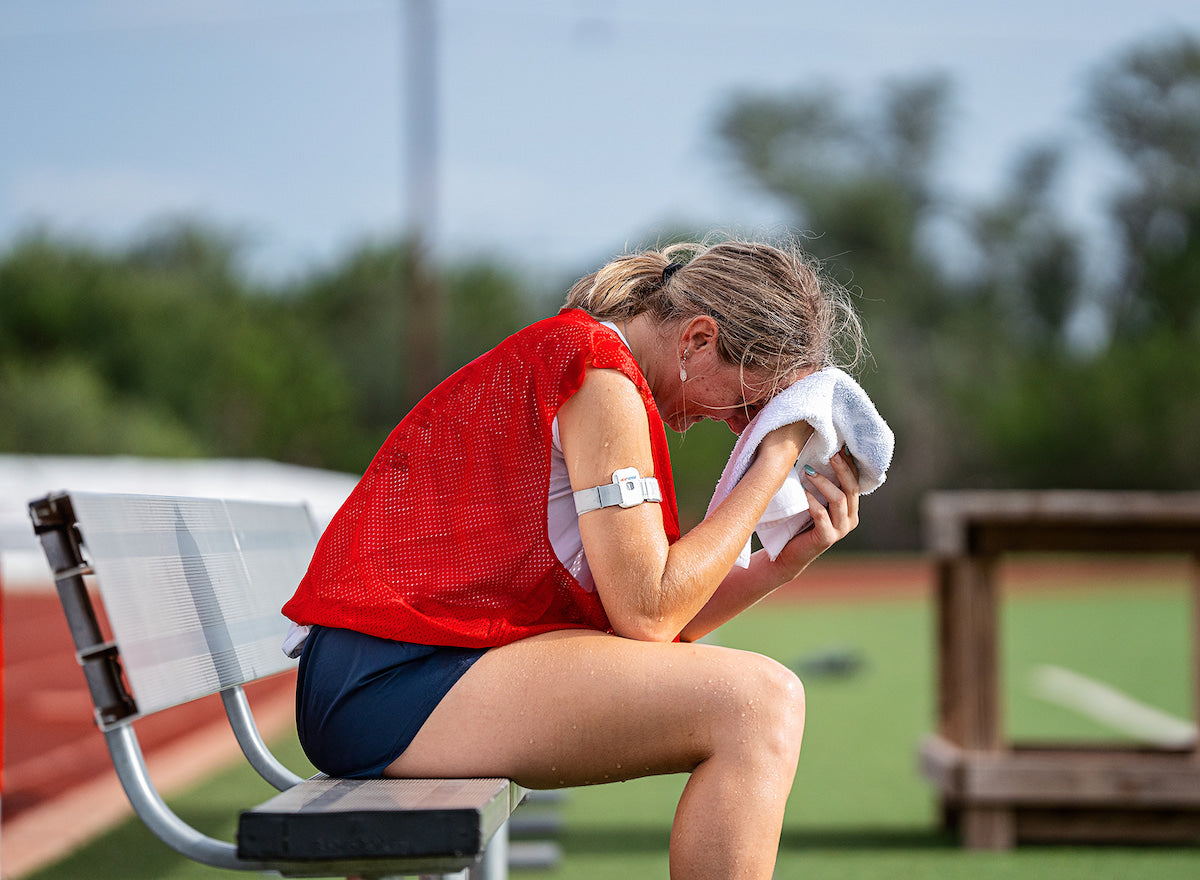
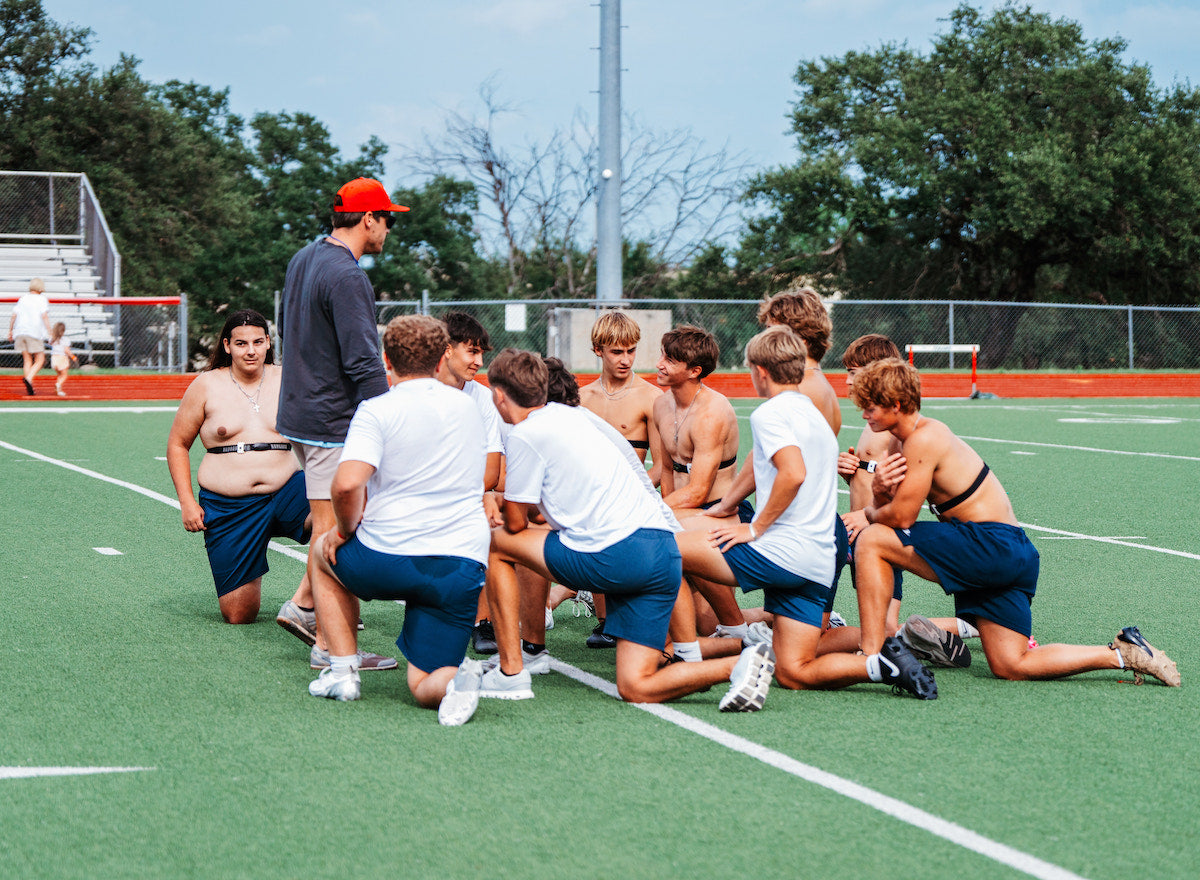

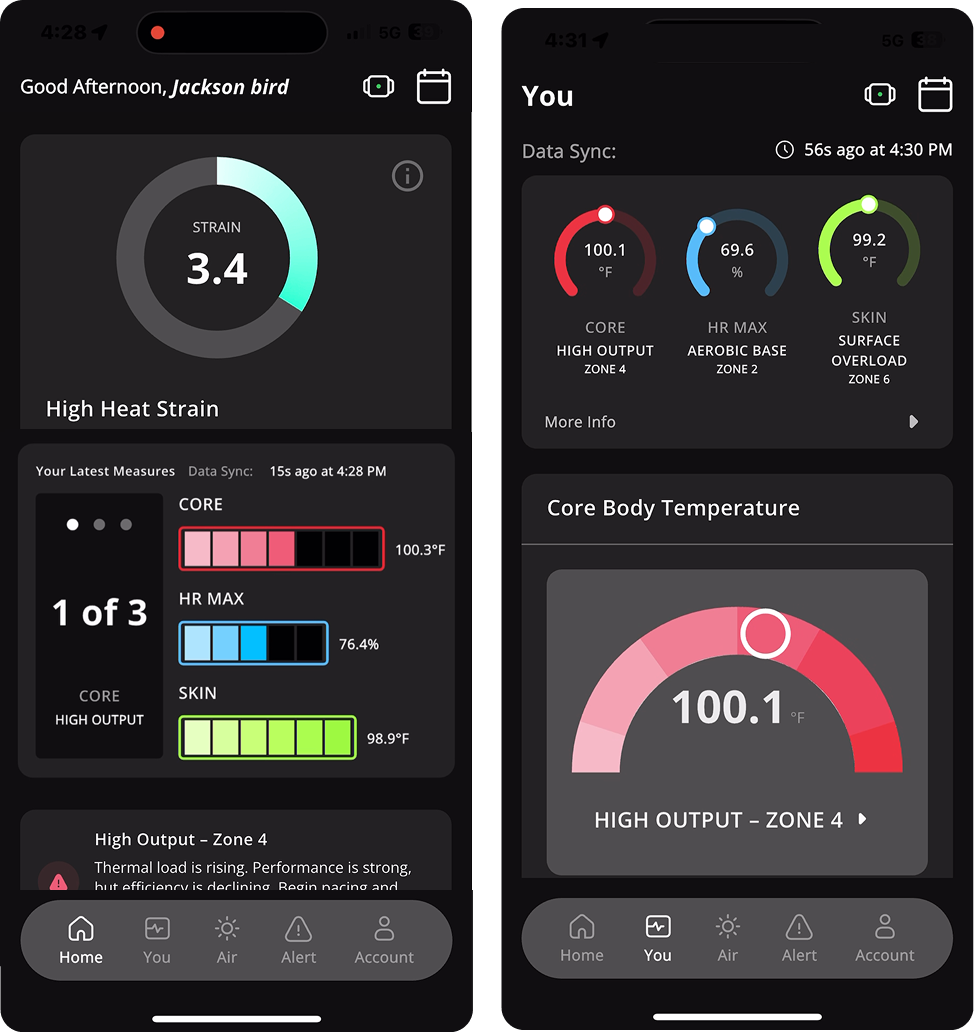
Making Heat Response Visible
Designed for the demands of outdoor athletics, HeatSense combines a precision thermal sensor, a smart athlete app, and a live team dashboard into one seamless performance and wellness solution
The Sensor continuously tracks core body temperature and heart rate
The App translates that data into real-time insights and personalized alerts for each athlete
The Team Dashboard gives coaches a live view of every player’s heat response—helping them make informed decisions around rest, effort, and recovery
From the field to the sidelines, HeatSense empowers athletes and teams to train smarter and respond better in extreme heat.
What parents are saying

Lacrosse
We travel for lacrosse tournaments year-round. We never know how the weather will impact my son when we're in different climates. HeatSense shows us how he's actually responding in each place. What works in 85-degree humidity can be worse than 95-degree dry heat. — Terra S., parent of club national lacrosse team athlete
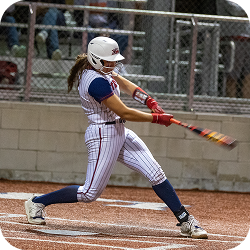
Softball
"Tournament weekends often mean several games in two days. I'm that mom constantly asking 'are you drinking water?', and my daughter is tired of hearing it. HeatSense changed everything. Now we both see the same data. I have peace of mind knowing she's taking care of herself, and she has proof when she tells me 'Mom, I'm fine.'"
— Becca S., parent of competitive softball player

Golf
"Golf rounds are 4-5 hours in direct sun with minimal shade. Depending on the day, fatigue can set in and my son's game can struggle on the back nine. HeatSense shows him what's actually happening—is he tired or is heat affecting his performance? Now he hydrates more strategically and knows when he needs to find shade between holes."
— Randy F., parent of junior golfer

Tennis
"Tournaments are brutal—and the heat starts in March now. HeatSense helps my son track his heat response patterns so he knows what works for his body. He's learned he performs best when he stays in a certain range. Now he manages himself proactively through every tournament."
— Jamie G, parent of USTA tournament player
➡ How hot is it getting where you live? Find out with a comprehensive and interactive visualizations make it easy to understand how extreme heat in your area has changed over the past two decades.
Why Families Choose HeatSense
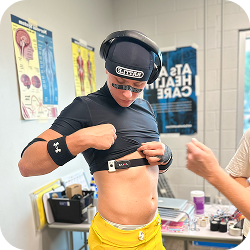
Football
“As a Head Football Coach, player safety is always my top priority. The data we get from HeatSense gives us real-time insight into how our athletes are responding to the heat. That information helps us adjust practices, protect our players, and keep them performing at their best.” - Willie T., Head Football Coach
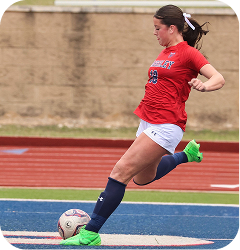
Soccer
"My daughter plays as many sports as she can and its hot most the time it seems. It was in the 90s in November this year. HeatSense shows her how heat is affecting her ability to play her best in real time. She's proactively drinking more water and trying to cool off more. Win for her and peace of mind for me." — Anna M, mom of year-round all around athlete
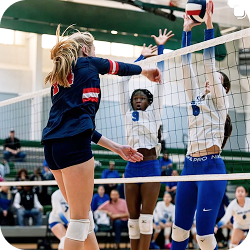
Volleyball
"Volleyball is year-round now—with club and high school training. My daughter can't afford an injury because there's no off-season to recover. HeatSense has become our early warning system. When her heat strain is elevated, we know her body is under stress and more vulnerable. She can adjust her practice intensity based on what her body is telling her."
— Sarah G., parent of club volleyball player
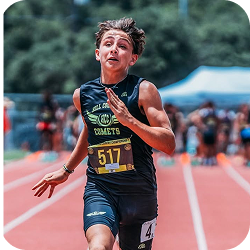
Track
"My son wants to train hard. He wants to compete for his spot. HeatSense gives him the data to know how much he can push in the heat. It's empowering—he's making informed decisions about his body, not just toughing it out because that's what our culture says to do." — Amanda T., parent of Varsity track runner
HeatSense Blog: The Heat Beat
